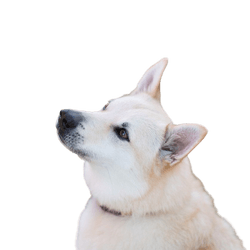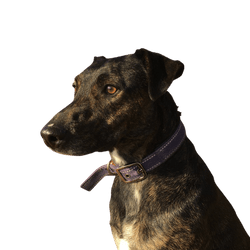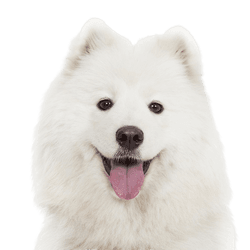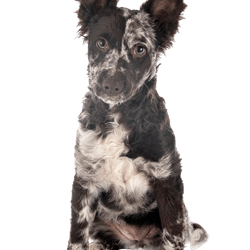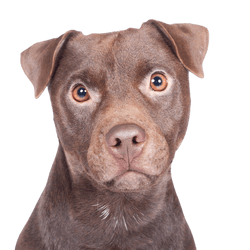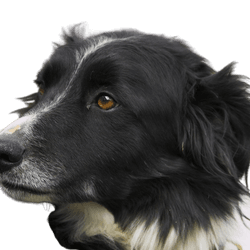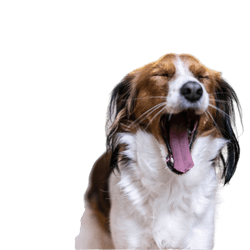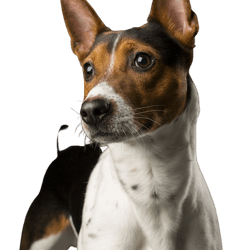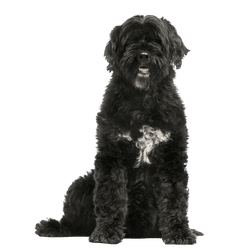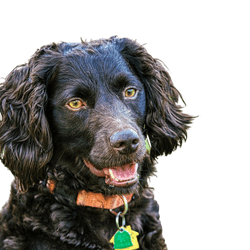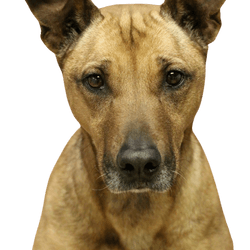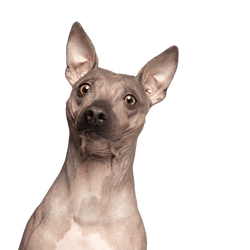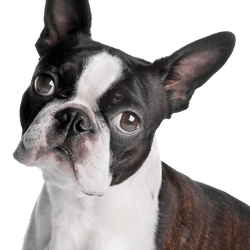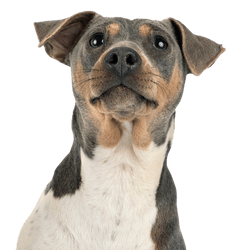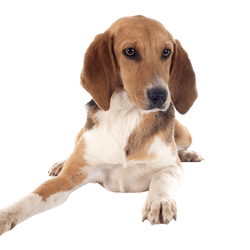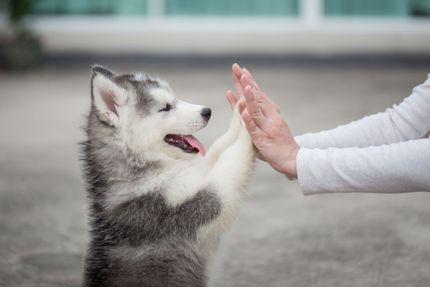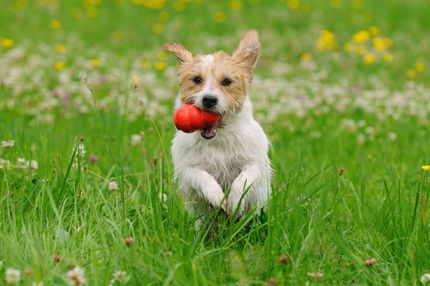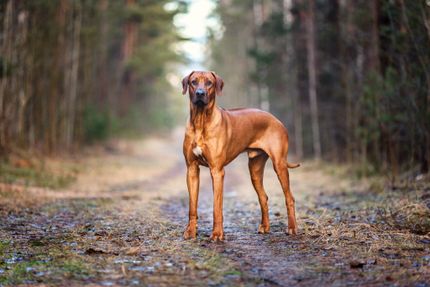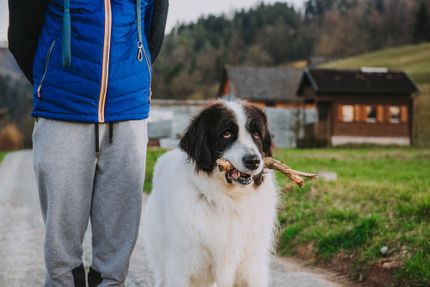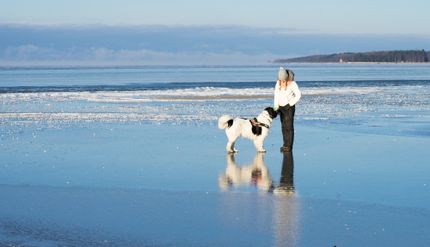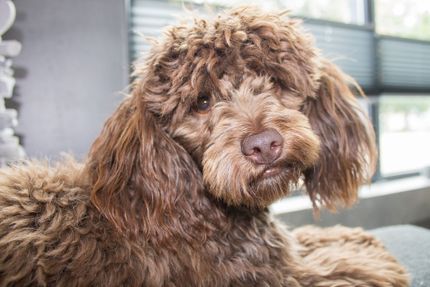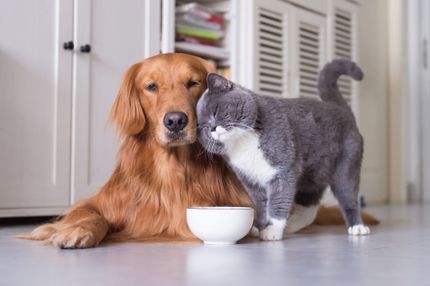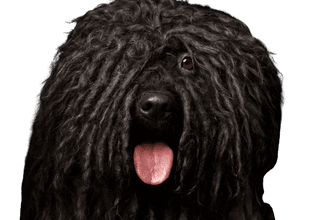
Puli Breed description: Character & Co
Puli
Facts & Origin
"It's not a dog, it's a Puli!" is a Hungarian saying. The 'mop dog' Puli belongs to the Hungarian culture.
About the breed: the Puli as a sheepdog
The Puli belongs to the FCI Group 1, Section 1, the German Shepherds. It is a herding dog and accordingly a working dog.
In Hungary it is a kind of national dog, which still herds animals or is used there as a watchdog.
The Puli: (still) rare in Germany
Since the Puli is still quite rare in Germany, you will not necessarily find one in animal shelters and you will have to accept a longer way to the breeder if you want to get a Puli puppy.
A dog with history
- 4000 years ago: in Mesopotamia dogs of the appearance of Puliks, proven by excavations which brought to light amulets with dog pictures
- in the 9th century A.D.: settlement of the Carpathian basin by Magyars, who bring their herding dogs
- During the rule by the Ottomans and later by the Habsburgs the Hungarians were forbidden to breed dogs. Result: Break-in in the Puli population.
- 1954: Puli finally gets recognised as a breed by the FCI
- 1989: German Puli Club founded
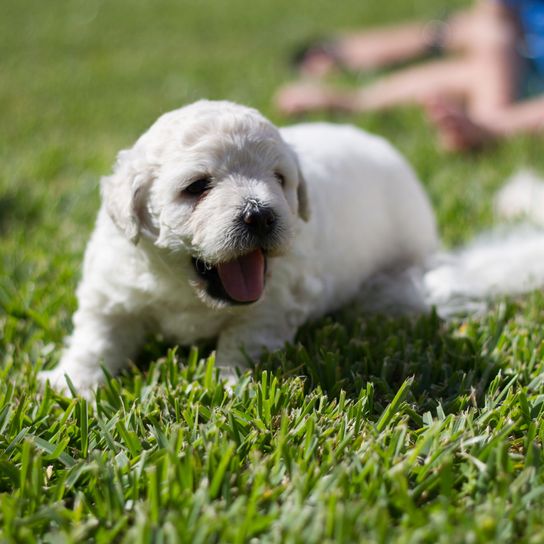
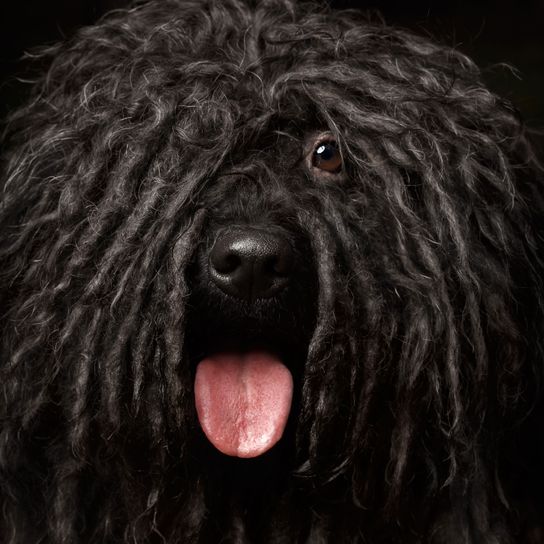
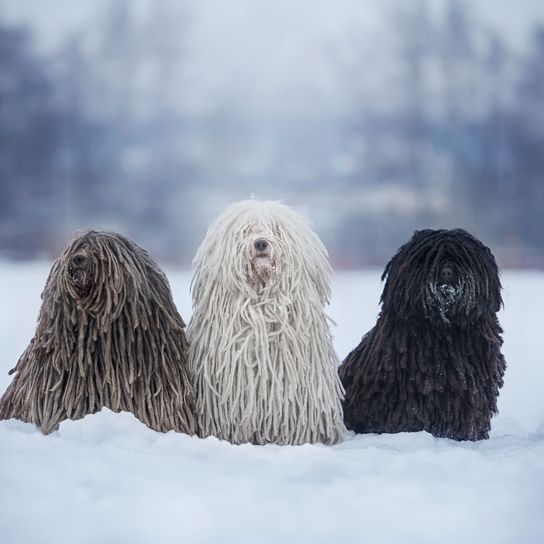
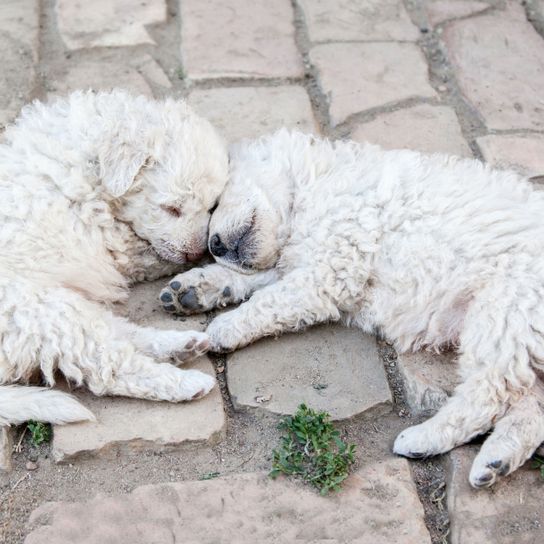
| Alternate Name | - |
| Origin | Hungary |
| Life expectancy | 12 - 14 years |
| Care requirements | high-maintenance |
| Activity level | average to high |
| FCI group | Sheepdogs |
| AKC group | Herding Group |
| KC group | Pastoral Group |
Attitude, character and temperament of the breed
The character: independent, courageous, strong-willed
The Puli is independent, alert, courageous and strong-willed, as befits a good herding dog. It is agile, very eager to learn and persevering.
Its herding instincts, which has been developed over generations, can become a problem when kept purely as a family dog.
Training of the mop dog: not very difficult
Since the Puli is very eager to learn and always wants to please its owner, it is quite easy to train. However, it does not think much of unconditional subordination. Like many herding dogs it first thinks about whether what you ask of them is reasonable from their point of view. But if you train them in a loving and consistent manner and praise them again and again, you will grow into a great team.
The difficult thing is to get the most out of them. It's just a working dog by origin.
Character
Usage
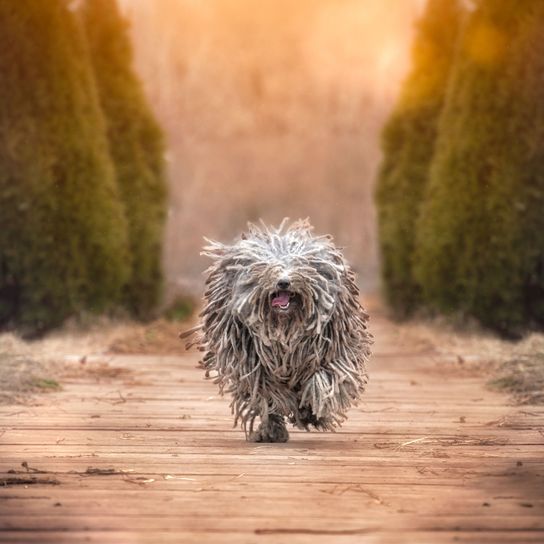
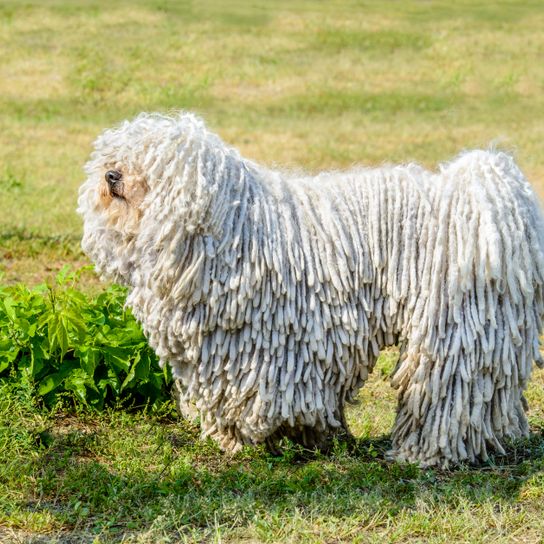

Health and breeding information
Health of the Puli
In this robust breed, no particularly common diseases are known. The average life expectancy is 13 to 15 years.
Attitude of a Puli: preferably outdoors
The Puli Dog prefers to be outside and busy. It loves to go for long walks; but it also likes to have a large garden that it can guard. It is suitable for various dog sports. Since they like to please you, you can do obedience training with them quite well - they are predestined for agility. But they are also perfect as a companion for horse riding.
You should stimulate your Puli both physically and mentally, otherwise they will get stupid ideas, get protective over the car or the children. It can be dangerous if your children have visitors and scream while playing. Your Puli could easily think that they have to defend them.
What else you should know
The plural of 'Puli' is 'Pulik', by the way. So you have a Puli or several Puliks.


Their appearance: the unmistakable Rasta look
The most striking external feature of the Puli is certainly its laced coat, which makes it look like a mop.
The coat may be white or in the other variety black, grey, black with grey or rust-red traces or fawn with mask.
The Puli reaches a withers height of 41 to 43 cm for males, for females this is 38 to 40 cm, 2 cm variance is allowed. Males reach a weight of 13 to 15 kg, bitches from 10 to 13 kg.
It has a rather slender build, even if you can hardly notice it through the coat. It has medium high set hanging ears. The eyes are almond-shaped, dark and stand somewhat angled.
The build is square-like. The tail is carried curled up.
Care: about the laced coat of the Puli
The string hair is caused by a very specific type of coat care. The Puli has a very specific mixture of undercoat and top coat when grown up. The coat is traditionally neither shorn, combed nor brushed, but shagged - the tips are regularly plucked apart. The result is the well-known hairstyle. The dead undercoat remains on the dog, which gives it a very dense coat, but also has the consequence that the coat stinks quite a lot when it is wet.
Since the dog hardly loses any hair, it is quite suitable for allergy sufferers. However, it brings a lot of dirt into the house with its shaggy hair, so you have to be a little less sensitive.
When herding the coat gives them protection from the weather condotions but also from the bites of wild animals.
To avoid too much dirt and to give the dog some visibility, you can trim the coat in the anal area and above the eyes a little.
Behind the ears the coat is slightly matted, you should pay special attention to this area.
Otherwise you should regularly check the ears, eyes, claws and paws.
Bathing is not necessarily a good idea, the Puli takes a long time to dry out and then easily catches a cold.
| Fur length | long |
| Fur | curly |
| Ear shape | Floppy Ear |
| Tail | short |
| Anatomy | rugged |
| Size ♀ | 38 - 41 cm |
| Weight ♀ | 10 - 13 kg |
| Size ♂ | 41 - 43 cm |
| Weight ♂ | 13 - 15 kg |
| Suitable For | - |
Colors

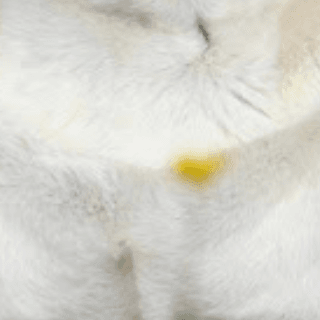

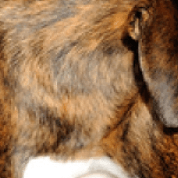
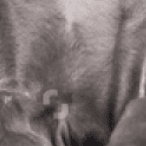
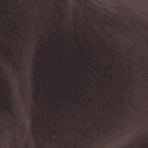



Other medium dogs
Useful Articles
You can find articles that might interest you in the dogbible blog to match your favorite breed.
Visit our magazineto stay up to date on dog trends.
To find out more, view our Privacy Policy
Find here the breed that suits you and find out what character traits it has. Here you can also learn more about the origin, size and weight of your favorite breeds.
Matching your favorite breed, you'll find articles that might interest you on the dogbible dog blog.
Spain Road Trip with Dog - How to make it relaxed!
Calm dog breeds - list & what makes them so special
5 beautiful dog places in Mallorca
Cancer in dogs - cause, diagnosis, prevention of cancer in dogs
